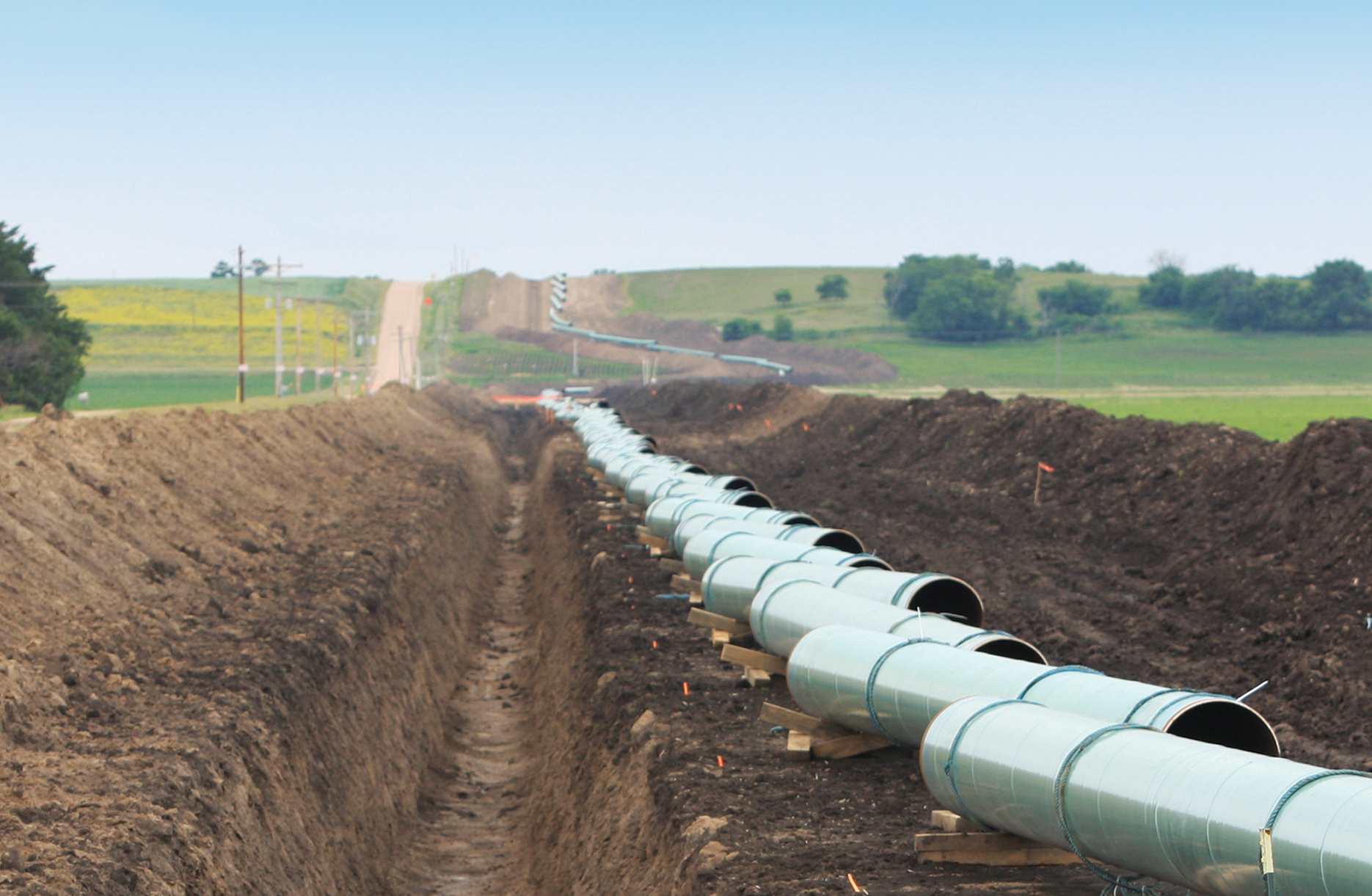Visitor Registration Opens in May 2026!


Houston — TransCanada said Monday its 670 MMcf/d Topolobampo Pipeline has begun commercial service, part of an effort to move more US natural gas to northwest Mexico to serve power generation demand.
The $1.2 billion project, which provides the upstream interconnection with the company's Mazatlan Pipeline, is expected to reduce fuel oil consumption in the power markets in the Mexican states of Sinaloa and Sonora.
While TransCanada is focused on its significant pipeline interests in its home country and the eastern US, it also has been seeking to leverage its footprint in Mexico to take advantage of the shifting market dynamics resulting from energy reforms there. Mexico continues to be a major importer of US LNG, but that demand will decrease over time as other pipeline projects in the country come online.
"We are developing the infrastructure to feed new power plants and convert existing fuel oil and diesel power plants, thereby reducing both the cost of electricity and greenhouse gas emissions," Robert Jones, president of TransCanada's Mexico unit, said in a statement.
The project involved the construction of approximately 348 miles of 30-inch diameter pipeline from El Encino, near the city of Chihuahua, to Topolobampo, near the city of Los Mochis, Sinaloa. Combined, the Topolobampo and Mazatlan pipelines form a system that adds over 540 miles of energy infrastructure that provide natural gas to power plants and industrial and urban markets in Mexico.
Data from TransCanada Mexico show that Topolobampo Pipeline began taking intermittent receipts of gas on June 18, and since July 2 flows have increased to an average of 65 MMcf/d. Supply gas for the Topolobampo Pipeline is coming from interconnections with the Tarahumara pipeline in Chihuahua, which is itself taking gas from Oneok's Roadrunner pipeline in West Texas. Topolobampo Pipeline also delivers gas to interconnection systems in Sinaloa, which supply IEnova's 510 MMcf/d Guaymas-El Oro pipeline that serves the Mexican state of Sonora.
While near-term utilizations are expected to be well below capacity, Topolobampo Pipeline remains a much needed outlet for Permian Basin associated gas production, which is itself nearing takeaway capacity constraints. Topolobampo Pipeline will primarily serve power capacity in northwestern Mexico, including the recently completed 770-MW Empalme I and 791 MW Empalme II power plants. Historically, the region has relied heavily on fuel oil generation - a far more expensive generating fuel compared to natural gas.
RAMP-UP EXPECTED TO CONTINUE AS YEAR MOVES ON
According to information CFEnergia -- the fuel marketing subsidiary of Mexico state power company CFE -- supplied to Platts, the Topolobampo Pipeline will move more than 300 MMcf/d during third-quarter 2018. CFEnergia expects the volume of gas flowing through the Topolobampo pipeline will rise to 447 MMcf/d in the fourth quarter.
But S&P Global Platts Analytics estimates that initial capacity utilization on the Topolobampo Pipeline will likely only average about 100 MMcf/d this year, potentially rising as high as 150 MMcf/d during peak summer months, as Sinaloa and Sonora are still relatively new gas markets and have limited demand.
In 2017, Sinaloa and Sinora generated nearly 5.7 TWh using fuel oil and diesel. Platts Analytics estimates that the full displacement of fuel oil from the northwestern Mexico generating stack would drive roughly 120 MMcf/d of incremental natural gas demand. --Harry Weber, harry.weber@spglobal.com, and Ross Wyeno
Source: S&P Global